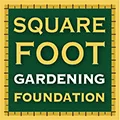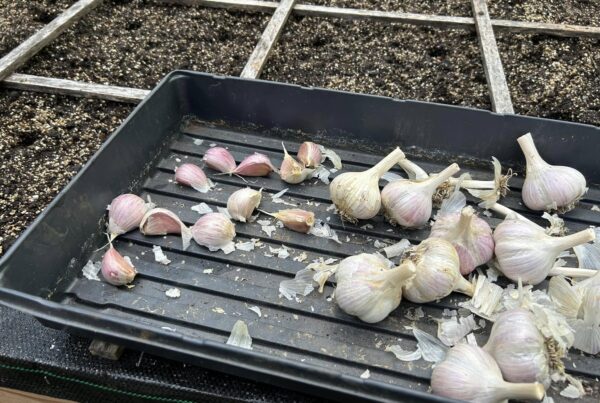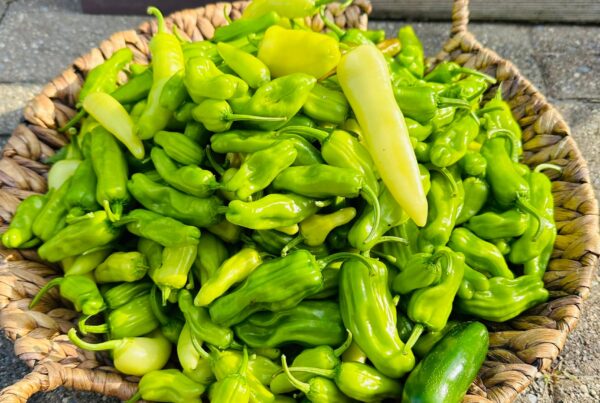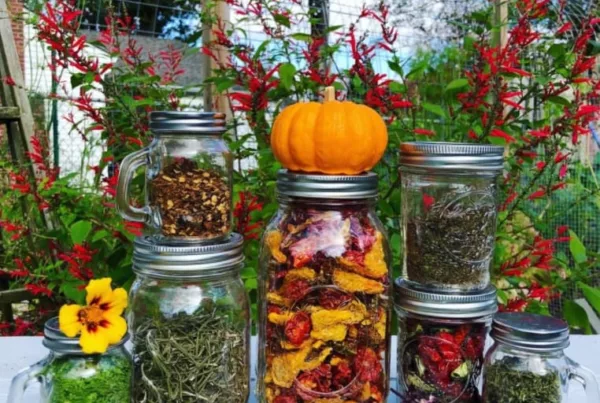Are you familiar with “Succession planting”? It’s a great way to stretch a growing season and get even more out of your Square Foot Garden space.
What Is Succession Planting?
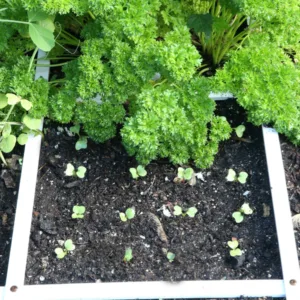 Succession planting is the practice of replanting an area with a new crop as soon as you harvest the original crop so that you can get the most out of your space. Think of it as out with the old, in with the new. Succession planting also refers to the practice of incremental planting, which helps to ensure your Square Foot Garden rewards you with turnips at a steadier pace rather than overloading you with a bounty of beauties all at once.
Succession planting is the practice of replanting an area with a new crop as soon as you harvest the original crop so that you can get the most out of your space. Think of it as out with the old, in with the new. Succession planting also refers to the practice of incremental planting, which helps to ensure your Square Foot Garden rewards you with turnips at a steadier pace rather than overloading you with a bounty of beauties all at once.
Using the Square Foot Gardening Method makes it easy to succession plant square-by-square. You could plant a square of radishes incrementally (ex: 1 square per week for a month), and as each square is harvested, start a fall crop in its place, one square at a time. No reason to wait for the radishes in the next square to be finished before the new crop goes in.
Succession Planting Crop-Rotation for Your Growing Season
Most climates have three growing seasons in each year — spring, summer and fall. But if yours doesn’t, you can start earlier and end later in the season with a PVC dome, or other protective structure plus the addition of row cover and/or plastic sheeting. NOTE: If you use plastic sheeting, on warm or sunny winter days, you’ll need to remember to vent the plastic so that you don’t end up frying your plants.
Each season has its own crop and harvest. It can help to consult a list of fall crops, like this one from the All New Square Foot Gardening, 3rd edition.
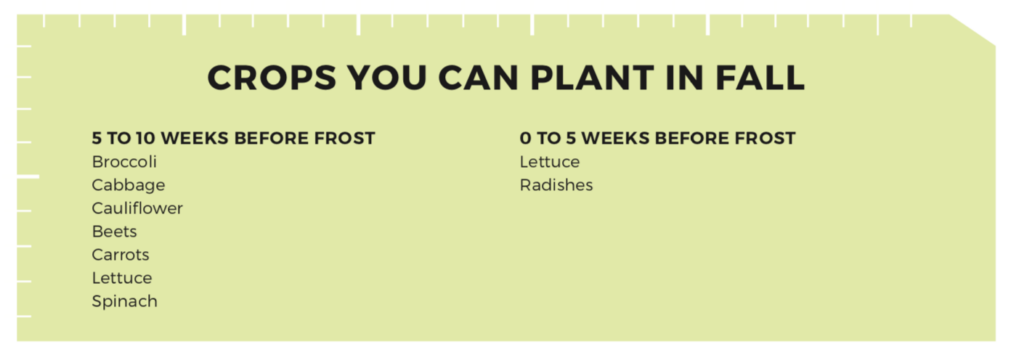 When the spring crop is harvested, replant in the same space for a new summer crop. After you harvest a square, all you need to do is add a trowel of blended compost and stir it into the Mel’s Mix already in the square to refresh the nutrients. Then you’re ready to plan the next crop.
When the spring crop is harvested, replant in the same space for a new summer crop. After you harvest a square, all you need to do is add a trowel of blended compost and stir it into the Mel’s Mix already in the square to refresh the nutrients. Then you’re ready to plan the next crop.
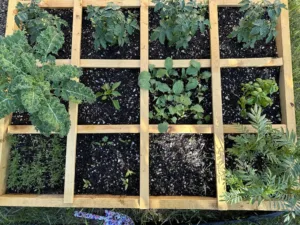 Track Your Planting and Your Progress
Track Your Planting and Your Progress
Be sure to note what you planted in each square of your Square Foot Garden and when you planted it (printing out a simple planning grid makes this easy; we’ll send you one when you sign up to receive emails from the Square Foot Gardening Foundation) to help you plan the next crop for that square and for use in future years’ planting, too. Want to go a step further? Jot down notes about each square’s harvest. You may find that spaghetti squash, for example, isn’t right for square 4 in your garden but grows like gangbusters in square 16, or that mustard greens are the perfect succession crop to plant after harvesting a radish square.
Is It Time to Expand Your Square Foot Garden?
If you find the Square Foot Garden Method to be a simple and productive as we’ve promised, you can easily add another raised bed too. This can be ideal when you want to include larger plants, like zucchini or corn, or grow more produce to can or freeze. Our advice, however, is to always keep your garden manageable. You can quickly learn that a single Square Foot Garden bed produces a lot of food — which can sometimes seem counterintuitive since you spend a lot less time laboring over your garden. A bountiful harvest is one more great argument for succession planting, too.
